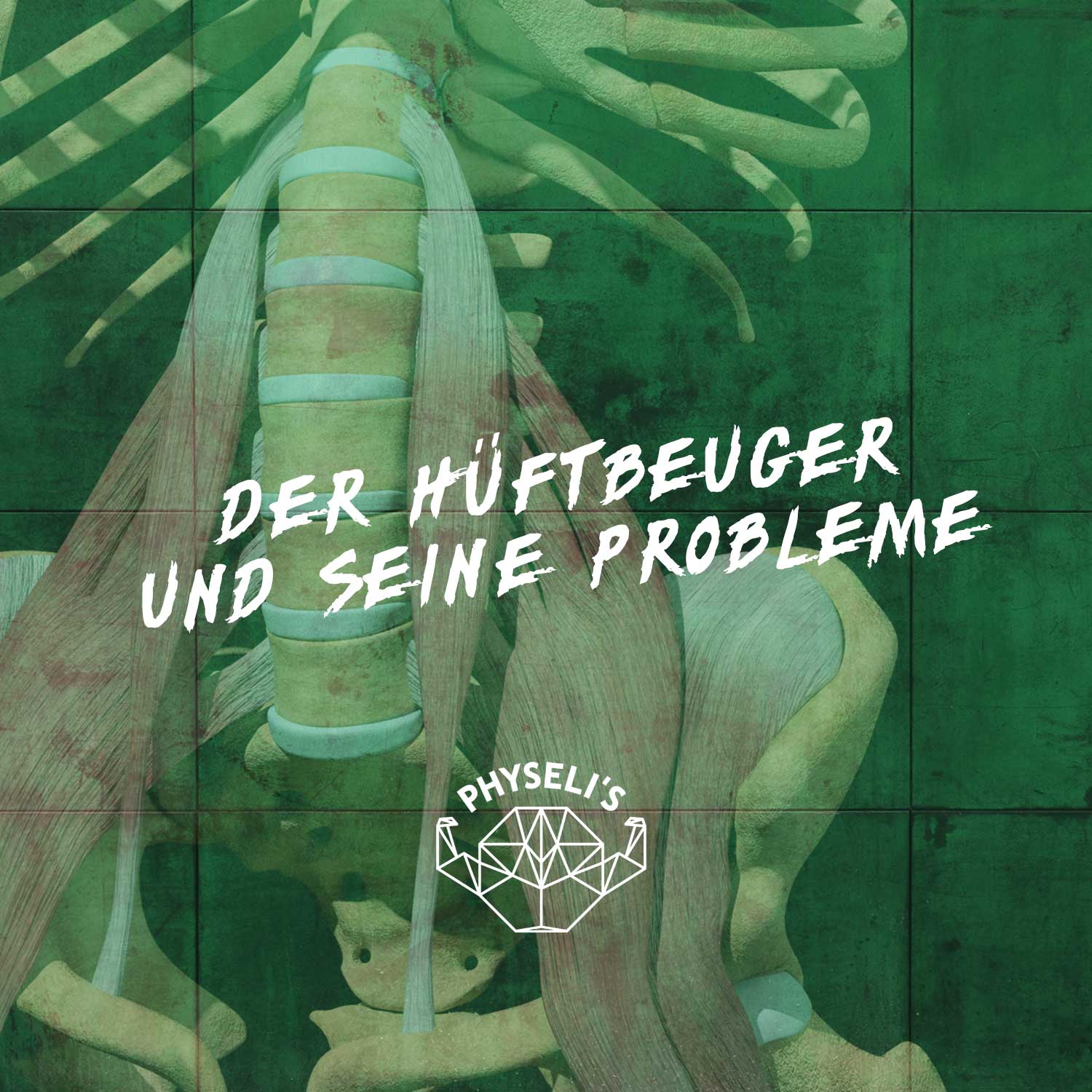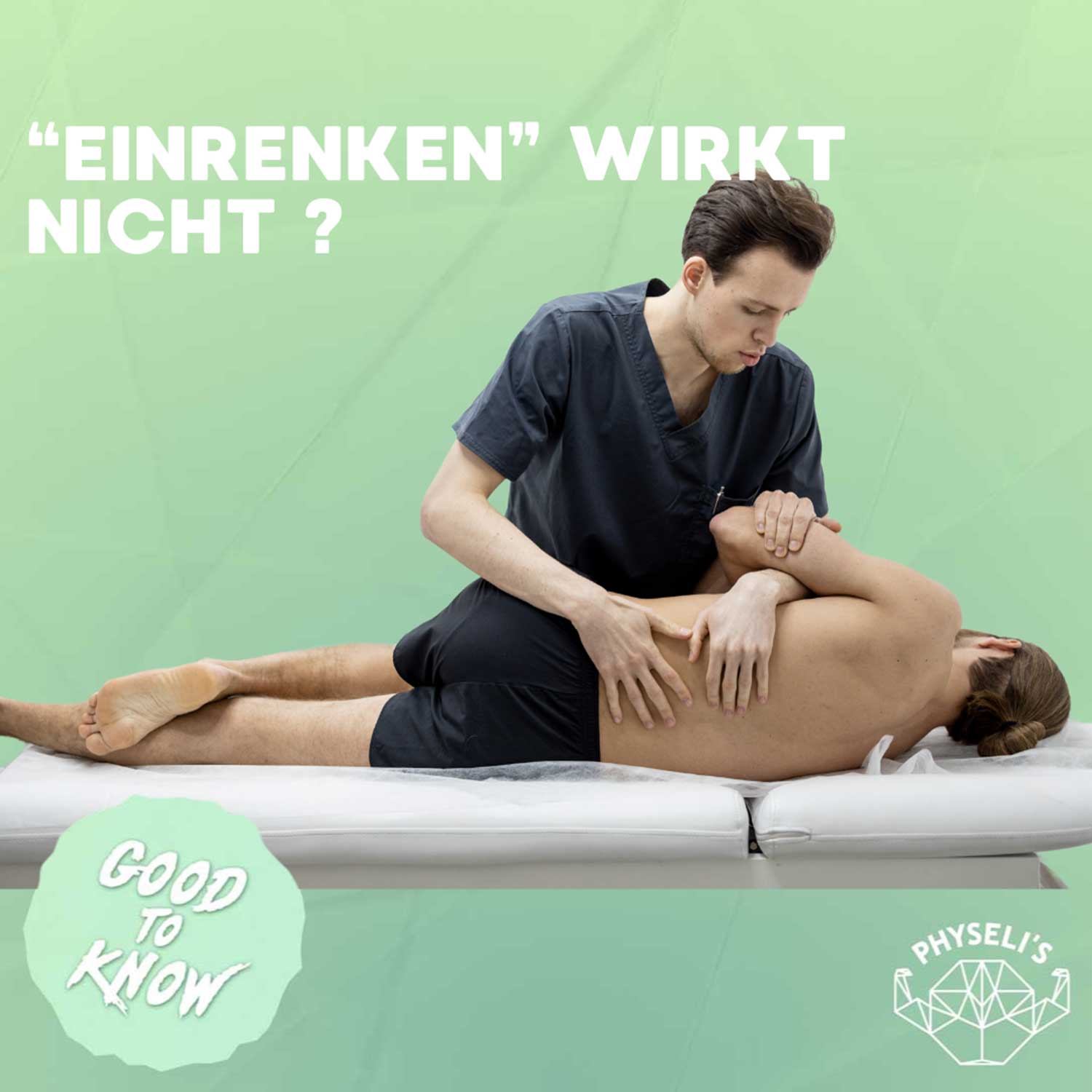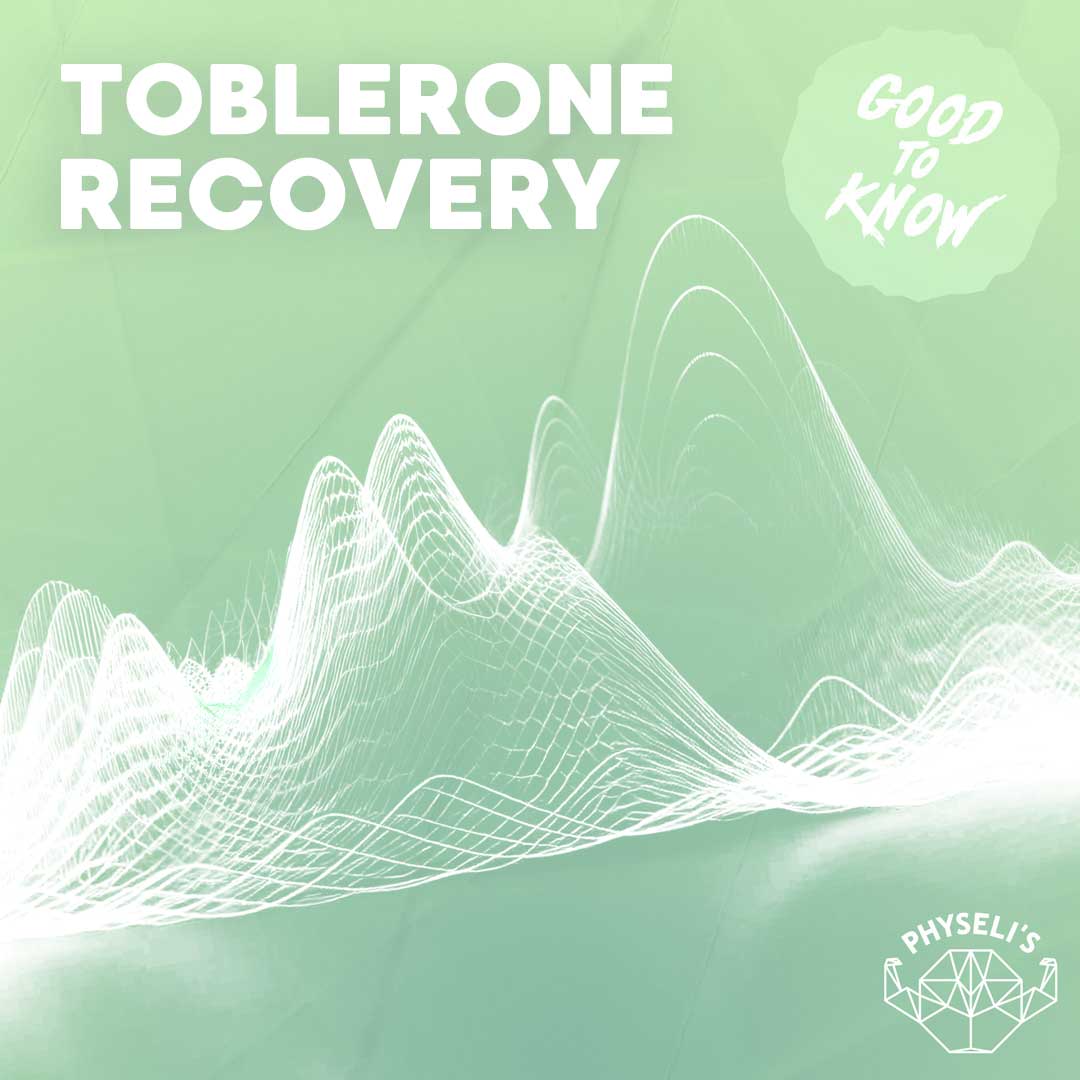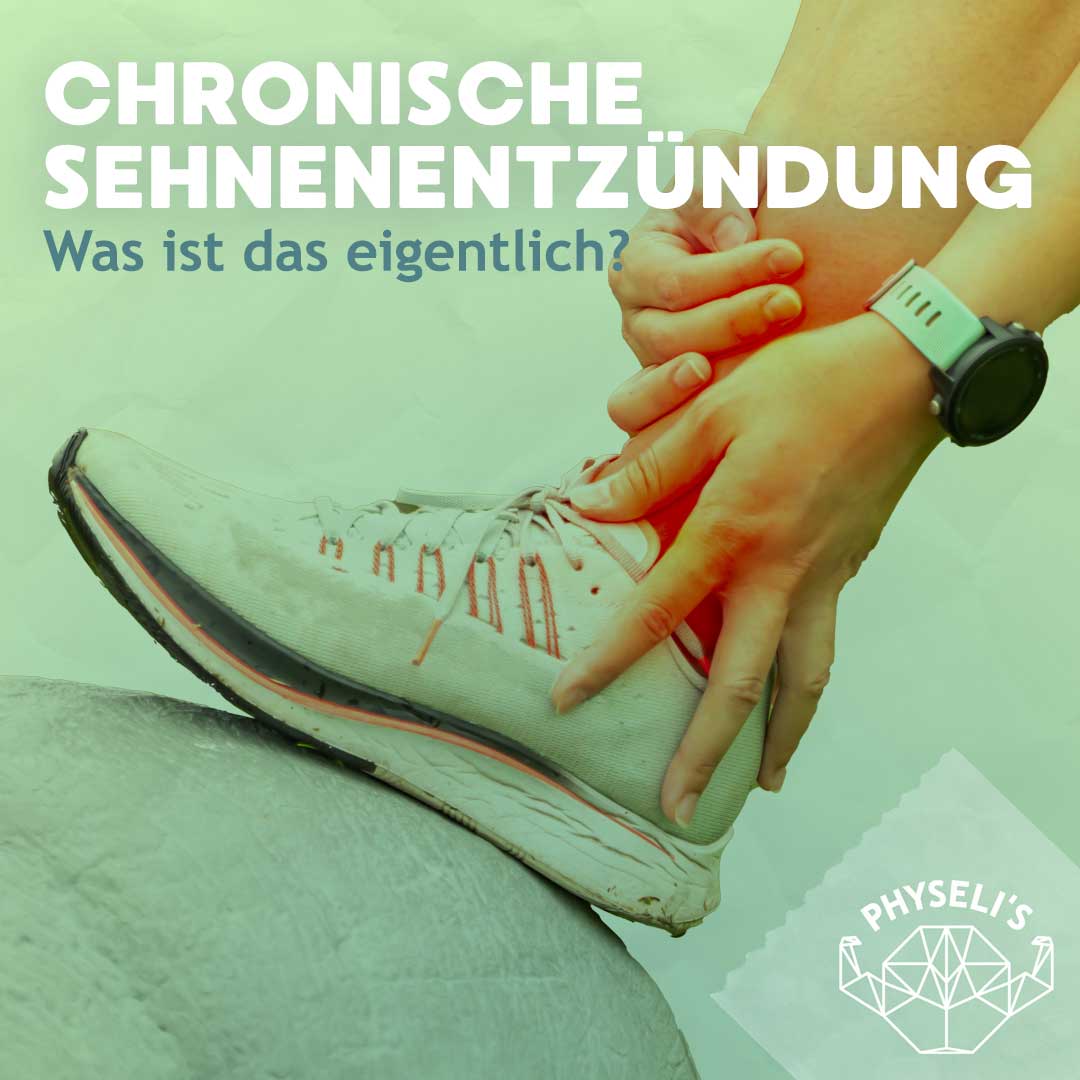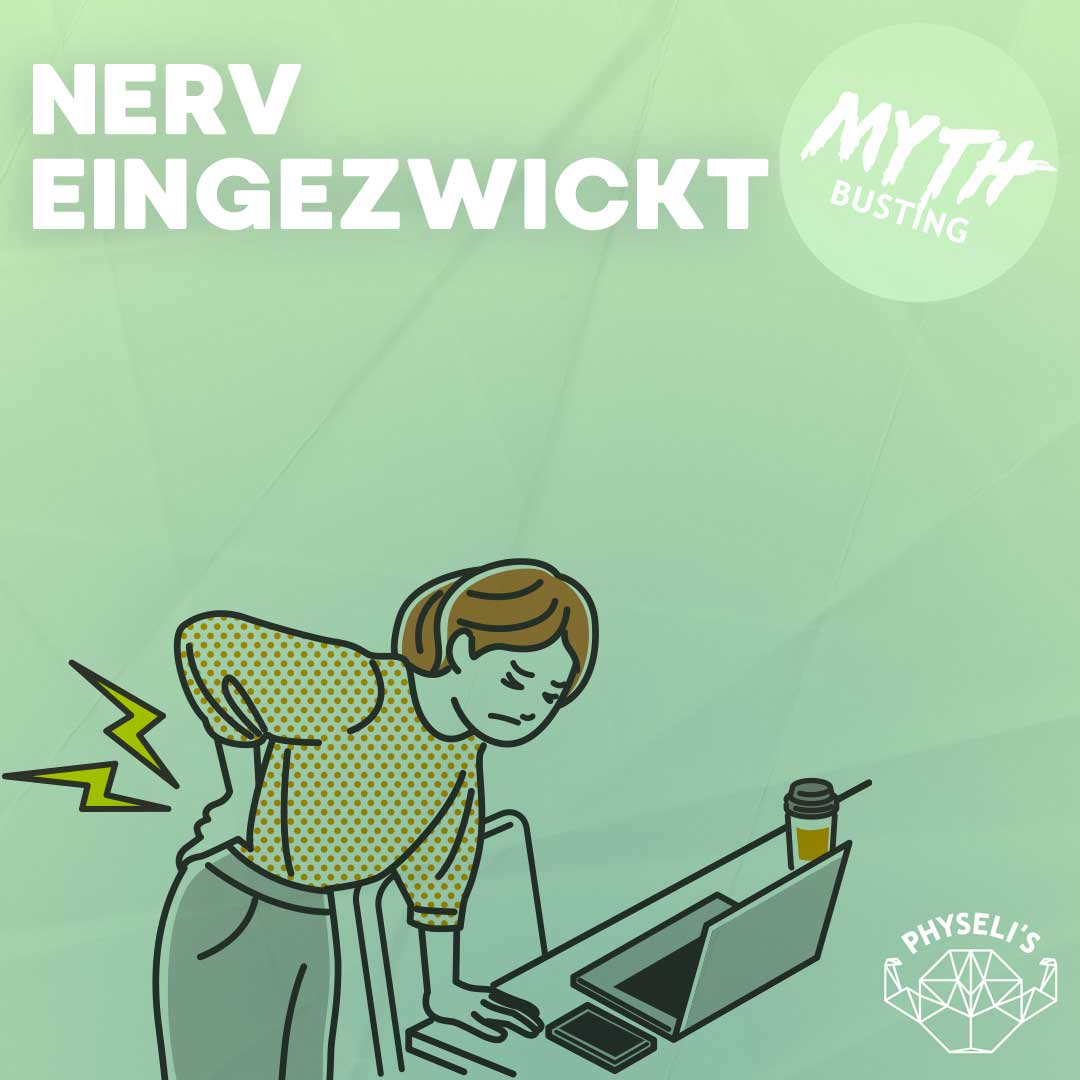The hip flexor and its “problems”. Why it is blamed for back pain and why it actually has nothing to do with it, you can find out here.
Who doesn’t know that, you have a long day, the office day was again very intense and on top of that the back is also making faxes. If you type in on YouTube what the reason for back pain is and what you can do about it, the first thing that comes up is a Liebscher and Bracht video. This explains that the hip flexor, or front of the body, is shortened and atrophied, causing the back muscles to strain excessively against it – causing back pain. What can be done about it? Stretch out the hip flexor and massage up the back muscles in the back.
BUT STOP FOR A MOMENT!
Is our body really so stupid that it lets muscles shorten by sitting and one gets thereby also still problems in the back?
Back pain is multifactorial in 90% of cases. This means that many factors go hand in hand and contribute to the situation. Little movement and thus little blood circulation in the affected area can be a possible cause of pain, but factors such as negative emotions, little sleep, inflammatory factors in the body, stress, etc. can also have an influence on the condition.
In no study has there been a correlation between shortened hip flexors and back pain. No study recommends a biological approach alone – i.e., muscle = mechanical = biology = treat = problem gone – simply because it does not solve the problem. Nonspecific LBP (low back pain) should be addressed with an open, multimodal, and holistic approach. Especially chronic persistent symptoms need a good mix of exercise, but especially communication and a certain psychosocial approach.
Oh, and one more thing: back pain is something completely normal. Something like 80% of people have back pain 1x in their life (yes, us physios too) – but that doesn’t mean everyone is whizzing around in a wheelchair.
Peace out.
Omid Kazemizad, BSc.
💚If you need help with your training, rehab after injury, or just want to feel better and healthier in your body overall, check out our offerings and feel free to contact us! ⠀
Studies:
- Ruby Dl. Epidemiology and Risk Factors for Spine Pain. Neurol Clin. 2007; May;25(2):353-71.
- Swain, C. T., Pan, F., Owen, P. J., Schmidt, H., & Belavy, D. L. (2020). No consensus on causality of spine postures or physical exposure and low back pain: A systematic review of systematic reviews. Journal of biomechanics, 102, 109312.
- Hellsing, Anna-Lisa. “Tightness of Hamstring-and Psoas Major Muscles: A prospective study of back pain in young men during their military service.” Upsala journal of medical sciences 93.3 (1988): 267-276.
- Nourbakhsh, Mohammad Reza, and Amir Massoud Arab. “Relationship between mechanical factors and incidence of low back pain.” Journal of Orthopaedic & Sports PhysicalTherapy 32.9 (2002): 447-460.
- Handrakis, John P., et al. “Key characteristics of low back pain and disability in college-aged adults: a pilot study.” Archives of physical medicine and rehabilitation 93.7 (2012): 1217-1224.
- Hartvigsen, Jan, et al. “What low back pain is and why we need to pay attention.” The Lancet 391.10137 (2018): 2356-2367.
- Buchbinder, R., van Tulder, M., Öberg, B., Costa, L. M., Woolf, A., Schoene, M., … & Maher, C. G. (2018). Low back pain: a call for action. The Lancet, 391(10137), 2384-2388.
- Vlaeyen, J. W., Maher, C. G., Wiech, K., Van Zundert, J., Meloto, C. B., Diatchenko, L., … & Linton, S. J. (2018). Low back pain (Primer). Nature Reviews: Disease Primers.
- Zaina, F., Balagué, F., Battié, M., Karppinen, J., & Negrini, S. (2020). Low Back Pain in 2020: new frontiers and old limits of our understanding. An overview of the state of the art from a rehabilitation perspective. European Journal of Physical and Rehabilitation Medicine.
